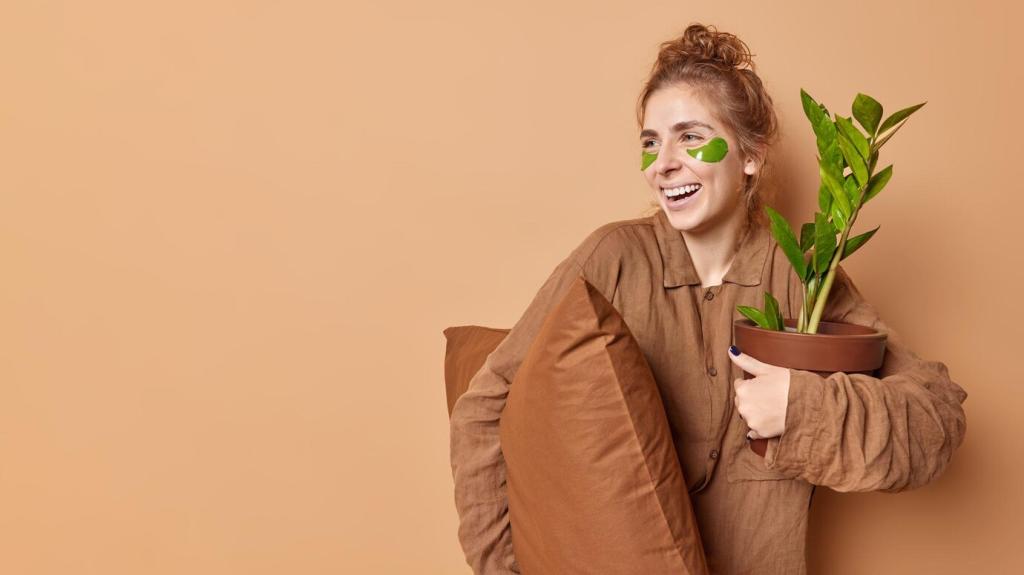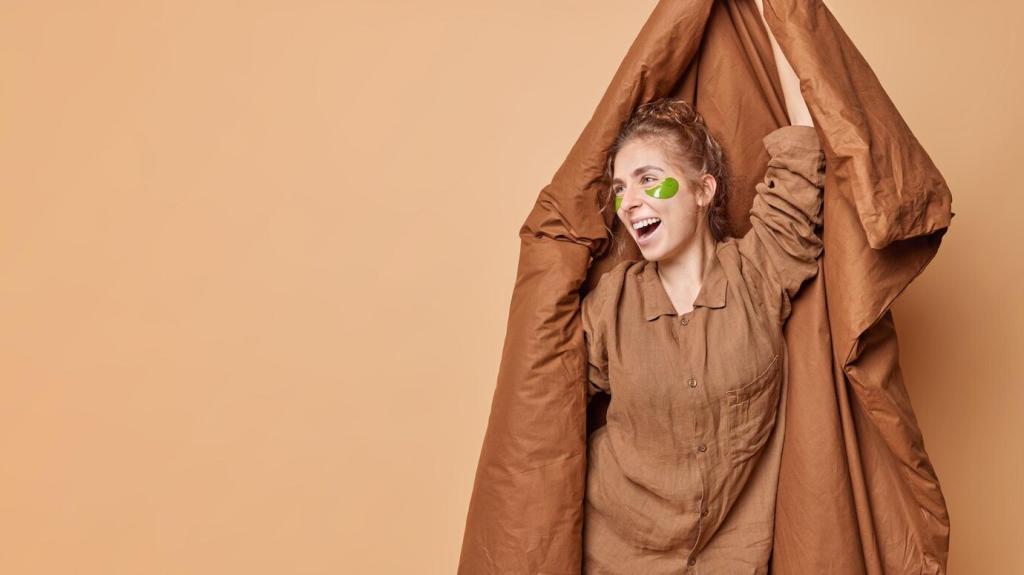Sustainable Wardrobe Essentials: Building an Eco-Friendly Closet
Creating a sustainable wardrobe isn’t just a trend—it’s a mindful approach to fashion that respects both the planet and future generations. By embracing the principles of eco-friendly clothing, we can drastically reduce our environmental impact, support ethical brands, and foster a sense of personal responsibility. This guide explores the foundations of building an eco-friendly closet, offering insights into conscious shopping, fabric selection, clothing maintenance, and long-term wardrobe planning. Discover how each small choice can make a big difference, and embark on a journey that celebrates both style and sustainability.

The Philosophy of Sustainable Fashion
Adopting a mindful approach to fashion means considering the story behind every garment you buy or wear. This mindset encourages you to reflect on who made your clothes, where the materials come from, and how each item fits into your lifestyle. Mindfulness helps to curb impulse purchases and fosters appreciation for quality over quantity, paving the way for a wardrobe that is well-curated and kinder to the environment.

Organic and Natural Fibers
Organic cotton, linen, hemp, and bamboo are standout choices for a green wardrobe. These fibers are grown without harmful pesticides or synthetic fertilizers, resulting in textiles that are less taxing on the environment and safer for both farm workers and consumers. Natural fibers also tend to be biodegradable, making them a responsible end-of-life option for clothing.

Recycled and Upcycled Materials
Turning waste into wearable treasures, recycled and upcycled fabrics are cornerstones of a sustainable wardrobe. Materials such as recycled polyester, made from plastic bottles, or upcycled denim, transformed from worn jeans, help divert waste from landfills and reduce the need for raw resource extraction. By seeking out garments crafted from recycled components, you support an industry shift towards circularity.
Prioritizing Versatility and Quality
Building a Functional Capsule Wardrobe
Capsule wardrobes focus on limited, highly adaptable pieces that can be mixed and matched for countless outfits. This approach curtails excess while maximizing options, allowing you to dress well without overcrowding your closet. Versatility ensures each garment earns its place, reducing waste and unnecessary spending in the long run.
Investing in Timeless Designs
Timeless designs transcend fleeting trends, offering lasting appeal and adaptability across different occasions. By opting for classic silhouettes and neutral colors, you create a foundation for sustainable dressing that isn’t dictated by fast fashion cycles. Quality construction further guarantees that these pieces maintain their shape, color, and integrity through repeated wear.
The Value of Superior Craftsmanship
Well-made clothing resists wear and tear, extending the life of each garment. Superior craftsmanship often involves reinforced seams, sustainably sourced materials, and attention to detail that mass-produced clothes may lack. By choosing brands that emphasize durability and ethical production, you make a meaningful investment in clothing that will last for years.
Caring for Your Clothes Sustainably
Switching to cold water washes, using natural detergents, and air drying when possible can make a major difference in energy consumption and garment longevity. These simple changes minimize fabric damage while reducing your household’s carbon emissions and water use. Sustainable laundry routines also encourage mindful consumption, as less frequent washing maintains garment quality.


Mindful Shopping Practices
Look for brands that are open about their sourcing, manufacturing practices, and labor policies. Transparency often signals a genuine commitment to sustainability and ethics. Detailed reports, third-party certifications, and clear supply chain information can help you make informed decisions that support trustworthy companies.
Recognizing Certified Brands
Certifications such as Fair Trade, Global Organic Textile Standard (GOTS), and B Corporation status provide assurance of a brand’s commitment to social and environmental responsibility. When browsing for new additions to your closet, these labels act as trustworthy signals, helping you distinguish genuine efforts from mere greenwashing.
Promoting Local and Artisanal Production
Supporting local designers and artisanal makers often means fewer emissions, better transparency, and a closer connection to your wardrobe’s origins. Artisanal fashion favors traditional techniques, small batches, and higher quality, resulting in garments that are unique and made to last. Backing local creators also stimulates regional economies and supports diverse craftsmanship.
Championing Circular Fashion Initiatives
Circular fashion prioritizes reuse, recycling, and responsible end-of-life solutions for clothing. Brands that offer take-back programs, garment recycling, or rental services are leading the charge towards waste-free fashion. By supporting these models, you encourage a future where clothing loops continuously, minimizing landfill waste.

Responsible Disposal Methods
Rather than discarding clothes in the trash, seek ways to donate, repurpose, or recycle them. Many charities and organizations accept wearable donations, while textile recycling programs transform unusable garments into new materials. Ensuring your clothes are disposed of thoughtfully reduces pollution and resources lost to landfills.

Clothing Swaps and Giveaways
Participating in clothing swaps or organizing giveaways with friends, family, or community groups extends the useful life of your garments. Swapping prevents waste by circulating clothing among new owners who will appreciate and use them. This practice builds community ties while reinforcing the concept of fashion as a shared, rather than disposable, resource.

Upcycling and DIY Projects
Transform old or damaged clothes into new, functional, or artistic items through upcycling and DIY projects. By reimagining garments—turning jeans into shorts, or T-shirts into tote bags—you breathe new life into what might otherwise be discarded. Creativity in upcycling not only reduces waste but also adds a personal, distinctive flair to your wardrobe.
Join our mailing list
